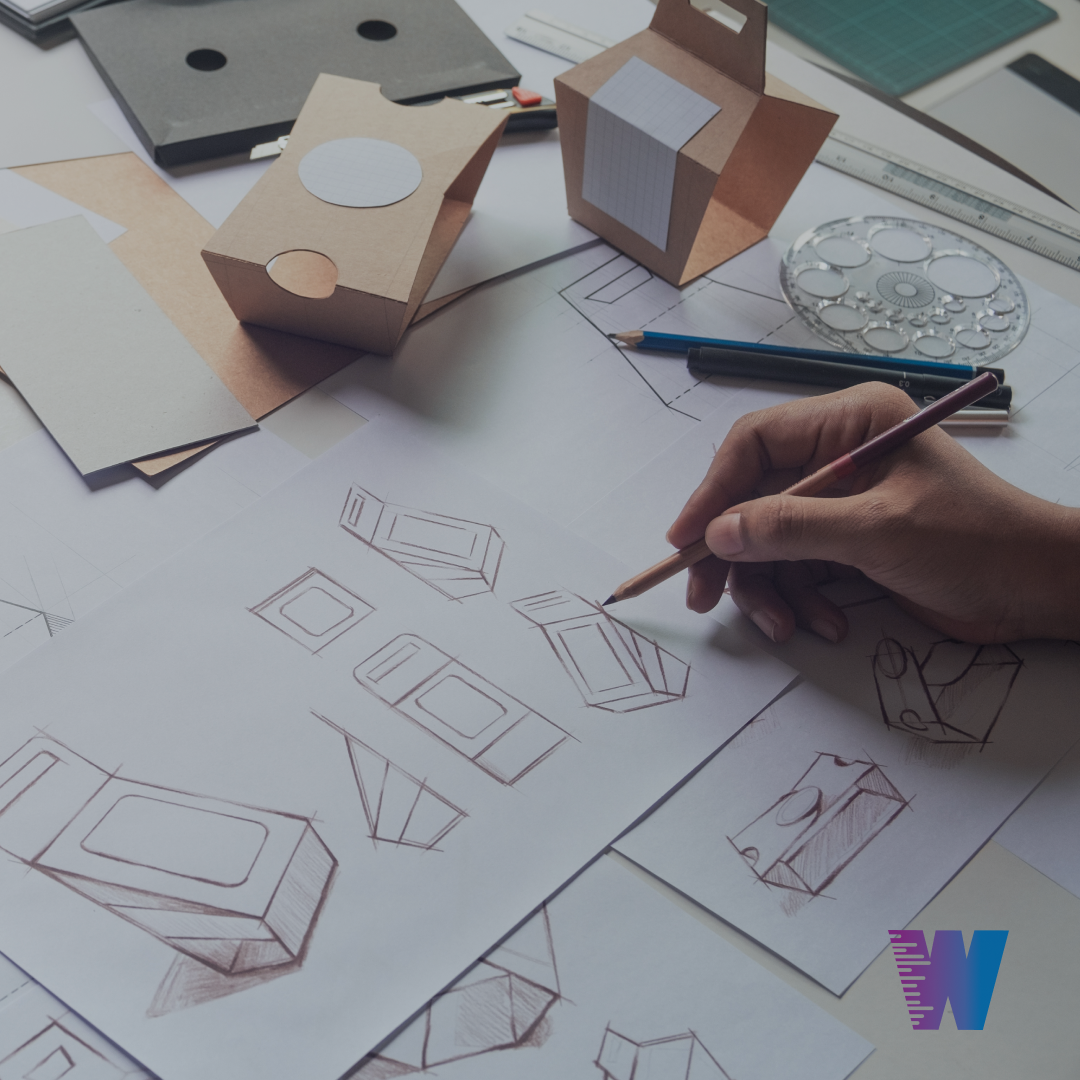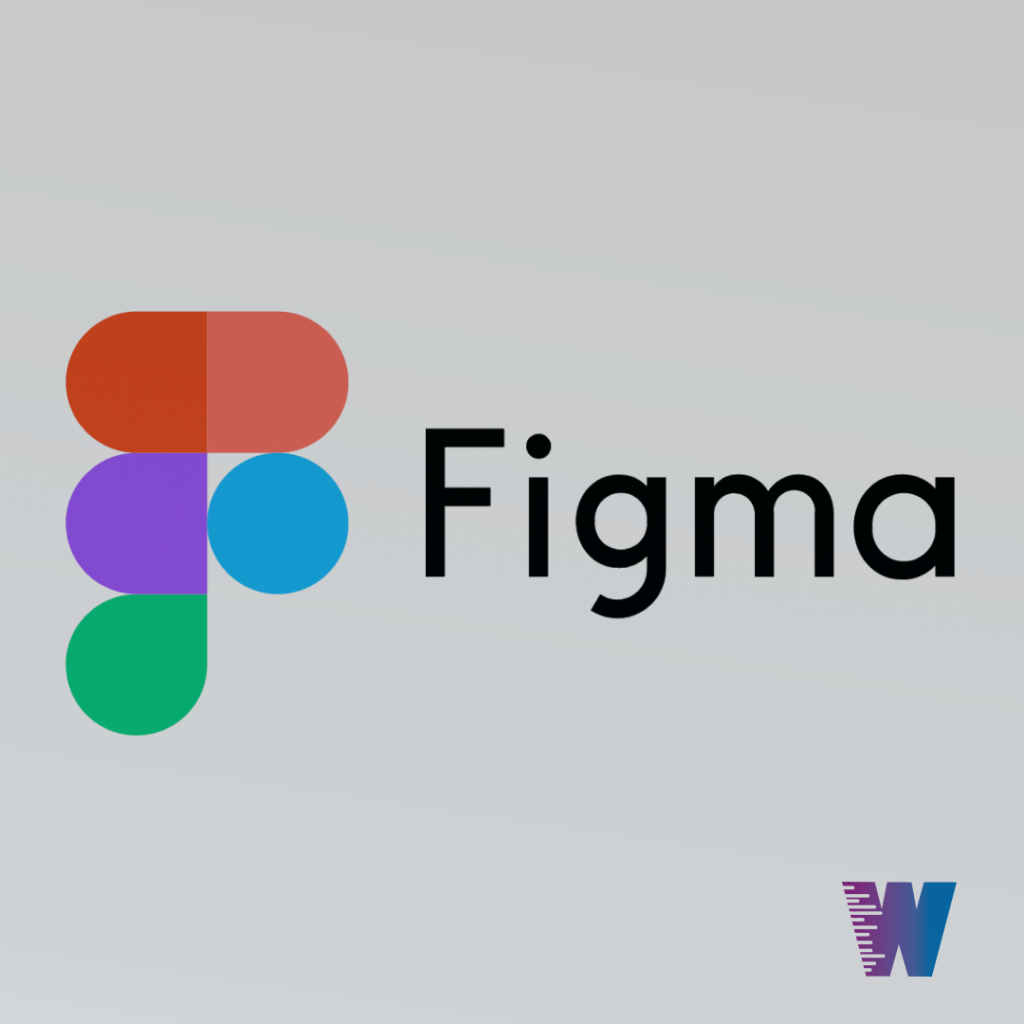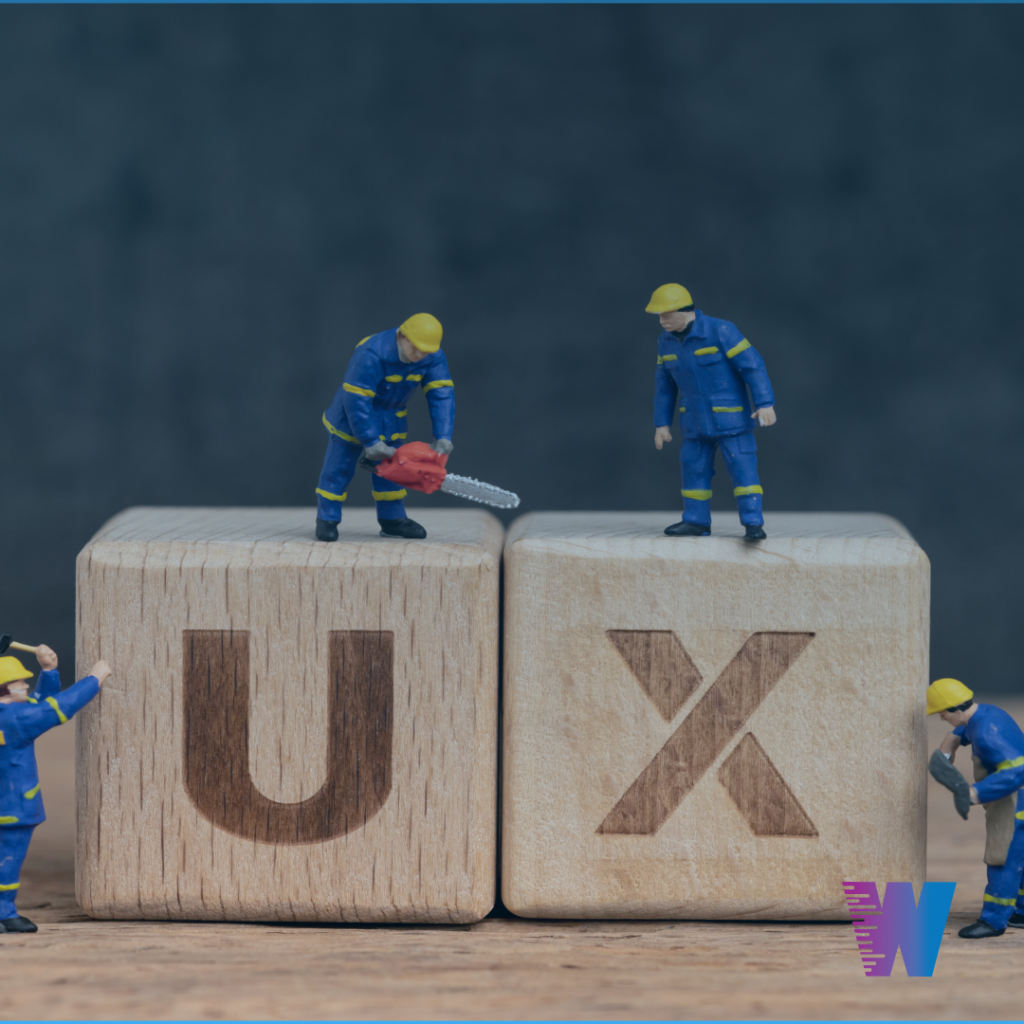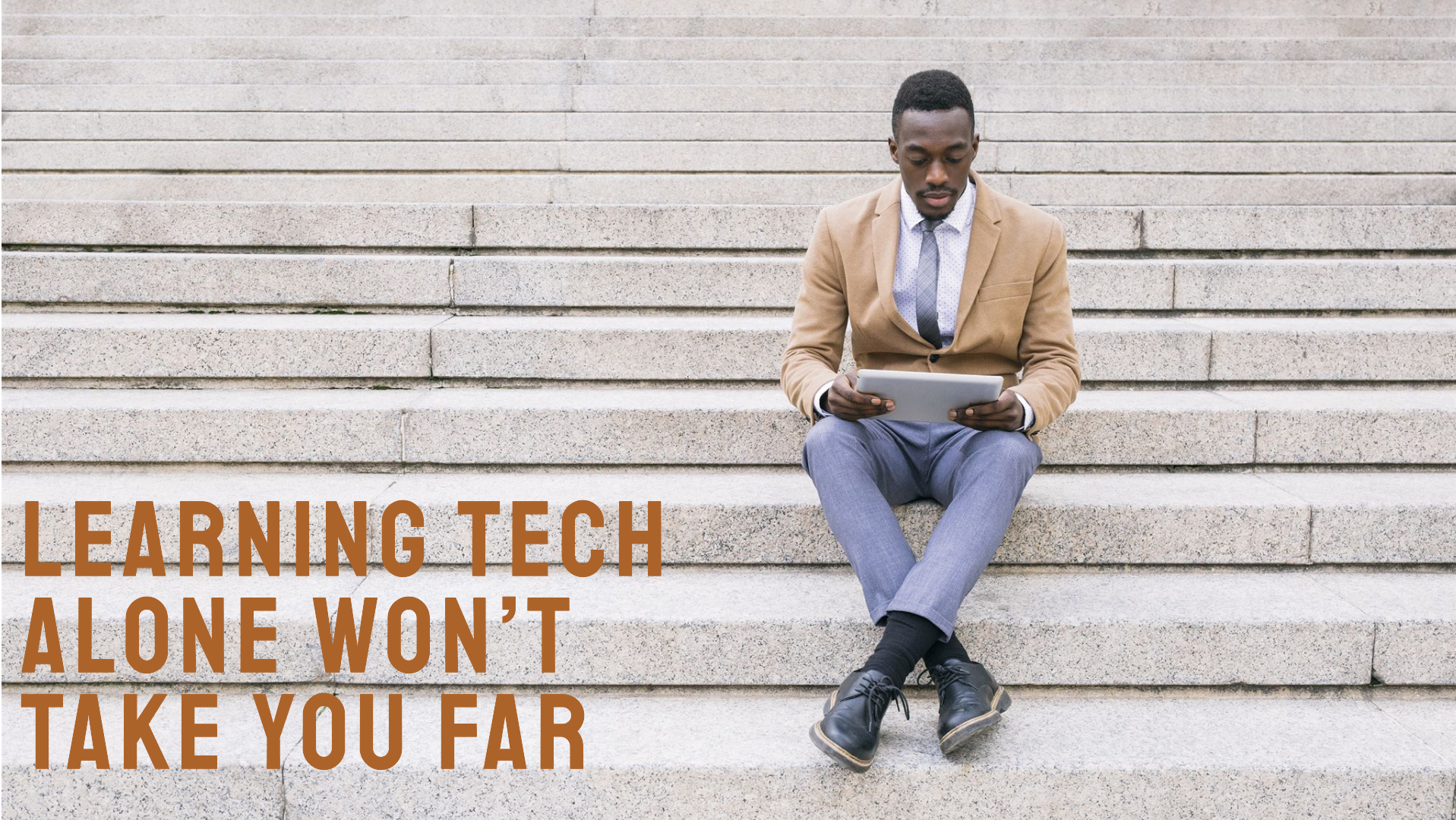
Breaking Into Tech After 30: How to Switch Car...
Tech Career
Tech Career

Published Mar 25, 2022
When you hear about product design, you can easily link it to any product, brand, or service that makes your life a lot easier. This can easily be proven if you were asked to name five top brands off the top of your head, there is no doubt you would come up with that quickly. This is so because your mind has come to associate those brands with the ease that they provide for you or the perception that those brands enable ease based on reviews from people you are closely associated with. This can only be made possible when brands put in a significant amount of thought through the conceptualization, design, and production of a tangible or intangible product. To put it further into perspective, the ability of a product to meet your needs in the way you want it met exemplifies what product design is all about. In essence, product design bridges customer needs and desires with business goals
As a fundamental rule, there are steps you need to follow whenever you encounter a product design challenge. They are Empathize, Define, ideate, prototype, and Test.
Empathize. The first step to creating any product is to empathize with your potential users. This step involves seeing a problem from their perspective, taking a walk through that problem to get to a possible solution. You want to understand how a particular challenge affects their work or lives so you will be better informed as to how any product you design can meet it. The ability to empathize will be a defining factor in the success or failure of your product.
Define: With the information you have derived from users through the use of empathy, you would need to define your insights based on your new knowledge of the users’ needs and pain points.
Ideate. Creating a product or solution is mostly a hit-and-miss situation and there is a high possibility that you would need to take multiple shots to finally get a hit. So what you would need to do is brainstorm ideas that could help your users with solving the challenges they need to solve. You need to understand that it’s a numbers game and the more practical ideas you can come up with, your chances increase and the needle gets moved towards achieving your aim.
Prototype. Out of the ideas, you have put down, you can narrow it further down to get the top viable ideas. Then create a prototype or like Eric Ries put it in his book The Lean Startup the Minimum Viable Product or MVP. This is usually a far cry from what a finished product should be but it gets the ball rolling to observe how your user would interact with the solution you are proposing. And then…
Testing. Test the MVP with your potential users, get feedback, and observe their interaction. And if the desired outcome is not derived which most times will happen, this will mean testing out other ideas you had put down previously. The aspect of product design is inexhaustible as it is always a continuous process. Even after you have delivered a solid product, user experience evolves and so should your product. This way, it gets to stay relevant to them
Depending on the project you are working on, you need to understand what goes into creating a successful product. It takes a lot of thought, trial, and error but in all, it could be a fulfilling experience when the team is finally able to deliver an amazing product to the market.
–Clearly defining the Product Vision and Strategy: As it is with every battle, game, adventure, quest, you name it. You need to have a clearly defined Vision and strategy. This is important because you need to have a good understanding of what you are up against and in turn assess your strengths, weaknesses, threats, and opportunities. Then develop a means to take on a particular course with a strategy that is better suited for that project. It is easy to see why you need this but for emphasis, it gives the process of product creation a sense of direction. Every team member’s role is assigned, timelines are clearly stated and efforts are synergized to ensure successful product delivery.
–Product Research: Having access to solid information will put you ahead in more ways than you can imagine. It will be better to position your product ensuring the people who need it the most access it, it will save you time and money that can be put to better use rather than trying to find your way in the dark. With this in mind, you will need to conduct extensive research about your ideal customers, your market, market trends, and industry trends. It will help define the user experience. The quality of questions asked during the research will in turn inform the quality of answers you get which will go on to dictate the quality of the product you put out.
–User Analysis: At this point, you want to make sense of data derived from your research and understand how to bridge customer needs with product design.
–Design: This is where ideation, strategy, user insight, and research come together. Everything comes down to how ‘what’ is placed ‘where’ and ‘why’ is merged with the ‘how’. Here you are putting to good use resources with user experience in mind. You want to design a prototype of what the final product would and should feel like from a user standpoint. It does not have to be perfect at this point, because you are still likely to gain more insight when the user gets to try it out first and provide the feedback necessary for improving on the overall product. This then leads us to the next useful step in the process which is…
–Testing and Validation: Now you have a basic prototype, you will need to see if what you made addresses the needs of the user. There are a range of tests and validation that you will need to conduct to help you know if the idea is worth pursuing and improving or if it is a total waste of time and you need to go back to the drawing board. Like its been stated here earlier in this piece, you can not know for certain the product that will resonate with the user, so like David Kelley said “Fail fast, succeed sooner”.
–Post Launch Activities: So you have launched and now want to playback and crack open the champagne bottle? Sorry, it is not over yet. More observation is required constantly because product design is a cautious process of iteration and improvement. You will need to run more tests, increase interactions with users, and ensure that as user needs evolve you stay right on course that your product evolves to match their needs and challenges.

Depending on the type of project you could be working on or the aspect of product design you have taken up as a career, there is a wide range of tools that offer you all the flexibility that you need to make a good impression in your team as far as product design is concerned. They enable effective usage when applied to Prototyping & Design, Team Collaboration, User Behavior Analytics, and Icon Management.
Prototype Tools & Design. Prototyping tools can easily be likened to architecture. Just like every building you see around, there is always a miniature version or design template that every person on the team uses as a reference point to make the physical structure a reality, complete with measurements and dimensions. That is what a prototyping tool does for you as a product designer. It enables product designers to create a visual representation of what the team or a client is looking to achieve. But it does not stop there, beyond the architecture, it makes it possible to build mockups and test them out. This reduces the risk of a product failing because much of the rigor a product is likely to undergo is tested and identified and improvements made. You should take a few things into consideration when choosing a prototyping tool. A few of those are affordability, learning curve, sharing, usage, and flexibility.
Tools like Adobe XD, Figma, InVision, Origami, Sketch, etc.
Collaboration. The best products have some amazing things in common. But one thing that stands tall among the rest is that they are products of team efforts. That said, we need to explore the reasons why collaboration makes product design bliss. Collaboration enables innovation which leads to coming up with better solutions. When you collaborate, that process facilitates synergy between your technical team and non-technical team. It becomes easier to see the progress being made and gets everyone on the same page as the project progresses. It saves a lot of time that could be lost from unnecessary back and forth. Man hours can be lost and result in poor product outcomes plus loss of money. So what tools make these collaborations easy? Slack is pretty prominent, along with Trello, Miro, Asana to mention a few.
User Behavior Analytics. Any product you design, always remember that you are designing for people. So as people interact with your product, you want to get feedback and data on how they are using it. These tools help with observing user behavior and provide useful insight that helps improve the product. Google Optimize, Hotjar Session Recording, and Heatmap are just a few of the User Behaviour Analytical Tools out there.
Icon Management Tools. While working on a design project, your team needs a central hub where all icons being created can be kept and made readily accessible to everyone on the team. Icons can be quickly reviewed and feedback is given.

-UX Designer
-Customer Experience Architect
-Interaction Designer
-Information Architect
Depending on which of these mentioned above you wish to pursue, you can get access to an extensive array of courses and certifications to get started but some roles require a degree to help you land your next job.

Tech Career

Tech Career

Tech Career